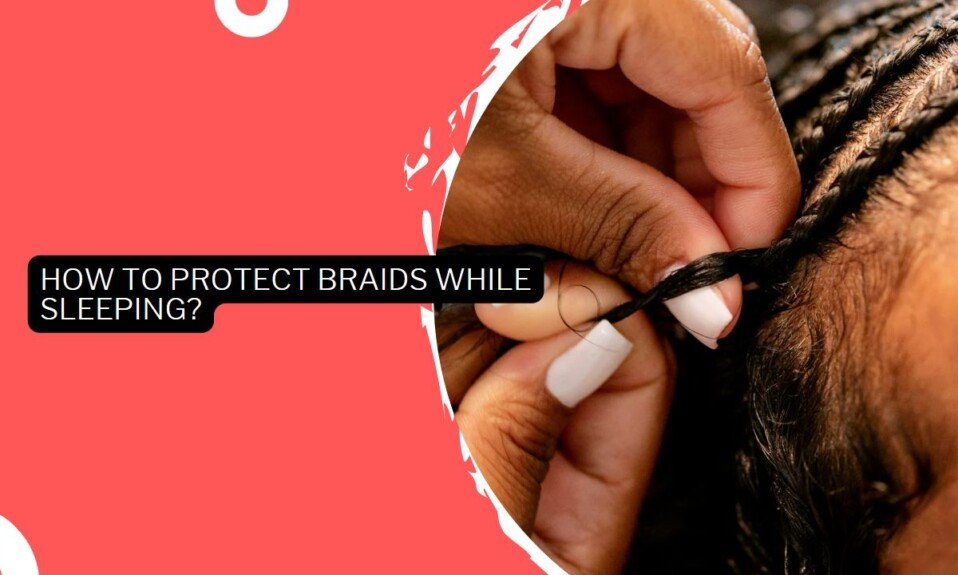
Braids are a popular protective hairstyle that can be worn for weeks or even months. However, taking care of your braids while you sleep is important to prevent damage, tangling, and frizz. When you sleep, your hair is flat to rub against your pillow, which can cause your braids to become loose and untwist or create friction that leads to breakage and split ends. In addition, your scalp can become dry, itchy, and irritated if you don’t protect it while you sleep.
Sleeping with braids can be comfortable and low-maintenance, but taking steps to protect your braids while you sleep is important. You all know what braids are, but let’s look quickly.
What Are Braids?
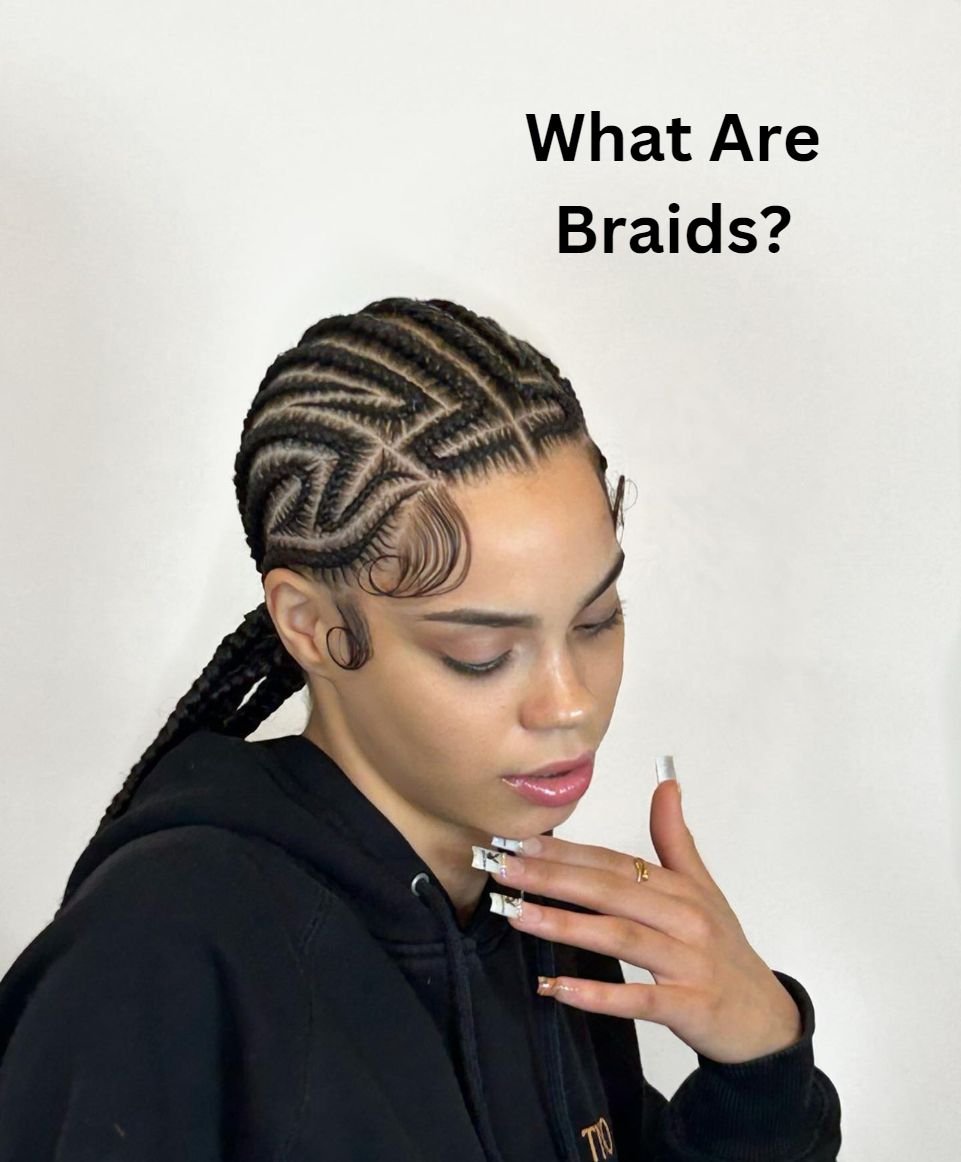
Braids are a type of hairstyle that involves weaving or intertwining hair strands. To create braids, individuals divide the hair into three or more sections and actively overlap them in a specific pattern, resulting in a woven effect. Braids can be simple or complex, depending on style and skill.
Braids have a rich historical background and are prevalent in diverse cultures across the globe. People of all ages and hair types embrace braided hairstyles due to their versatility. Braids serve multiple purposes, including fashion, hygiene, and decoration, making them a popular choice.
Types Of Braids
There are many different braids, each with its unique pattern and technique. Some popular types of braids include:
Cornrows
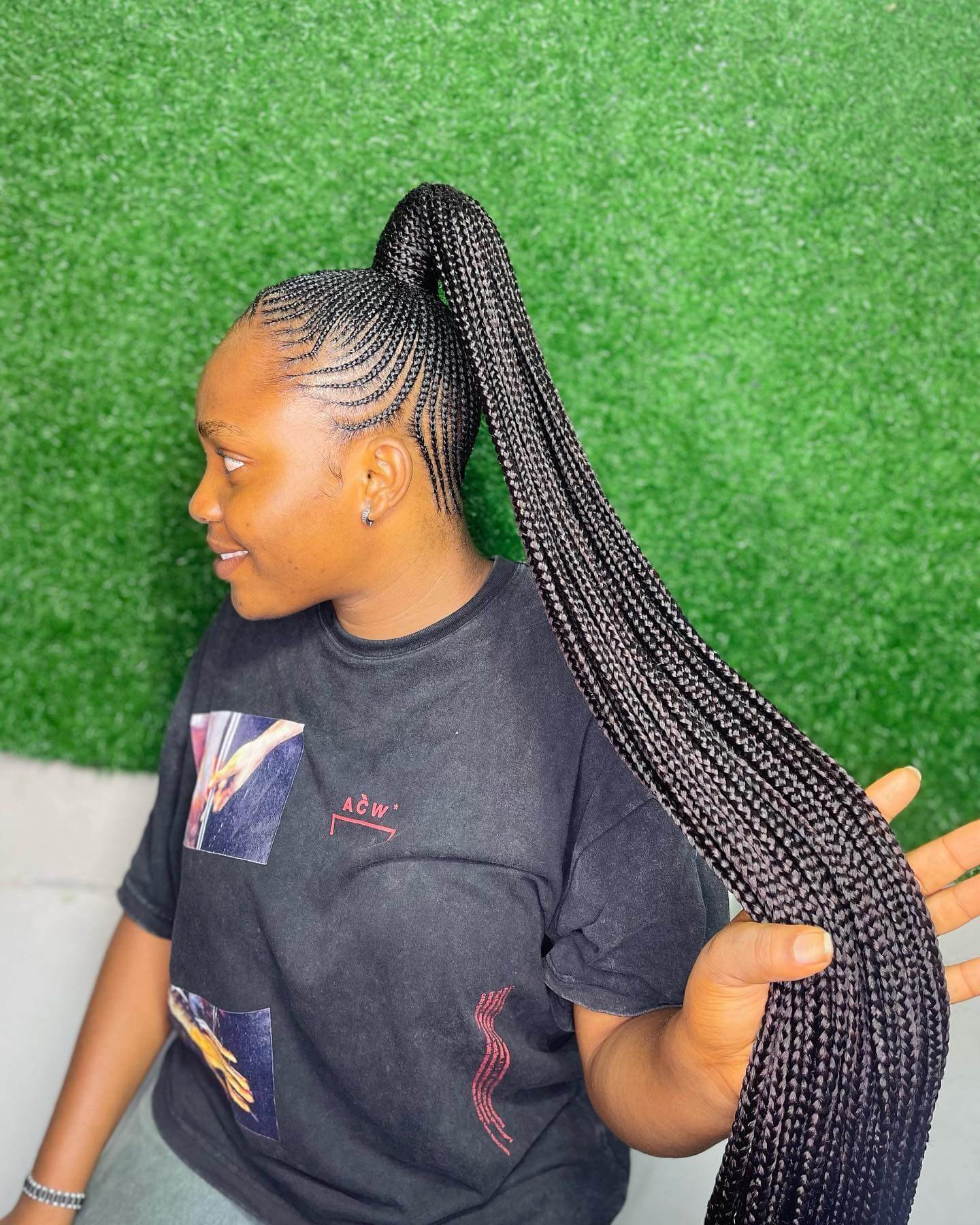
Cornrows are small, tight braids created by braiding the hair close to the scalp. They can be simple or intricate and are often worn in straight rows or patterns. Cornrows have a long history and cultural significance in various communities. They offer a stylish and low-maintenance option, providing protection to the hair and allowing for creative designs.
Box Braids

Box braids are a famous hairstyle in which the hair is cut into squares, and each square is braided from the root to the tip. This style gets its name from the box-shaped braids. Box braids are great for many hair types and lengths because they can be worn differently and protect the hair. Synthetic hair extensions make hair longer and thicker. You can also do box braids with your hair.
Dutch Braids
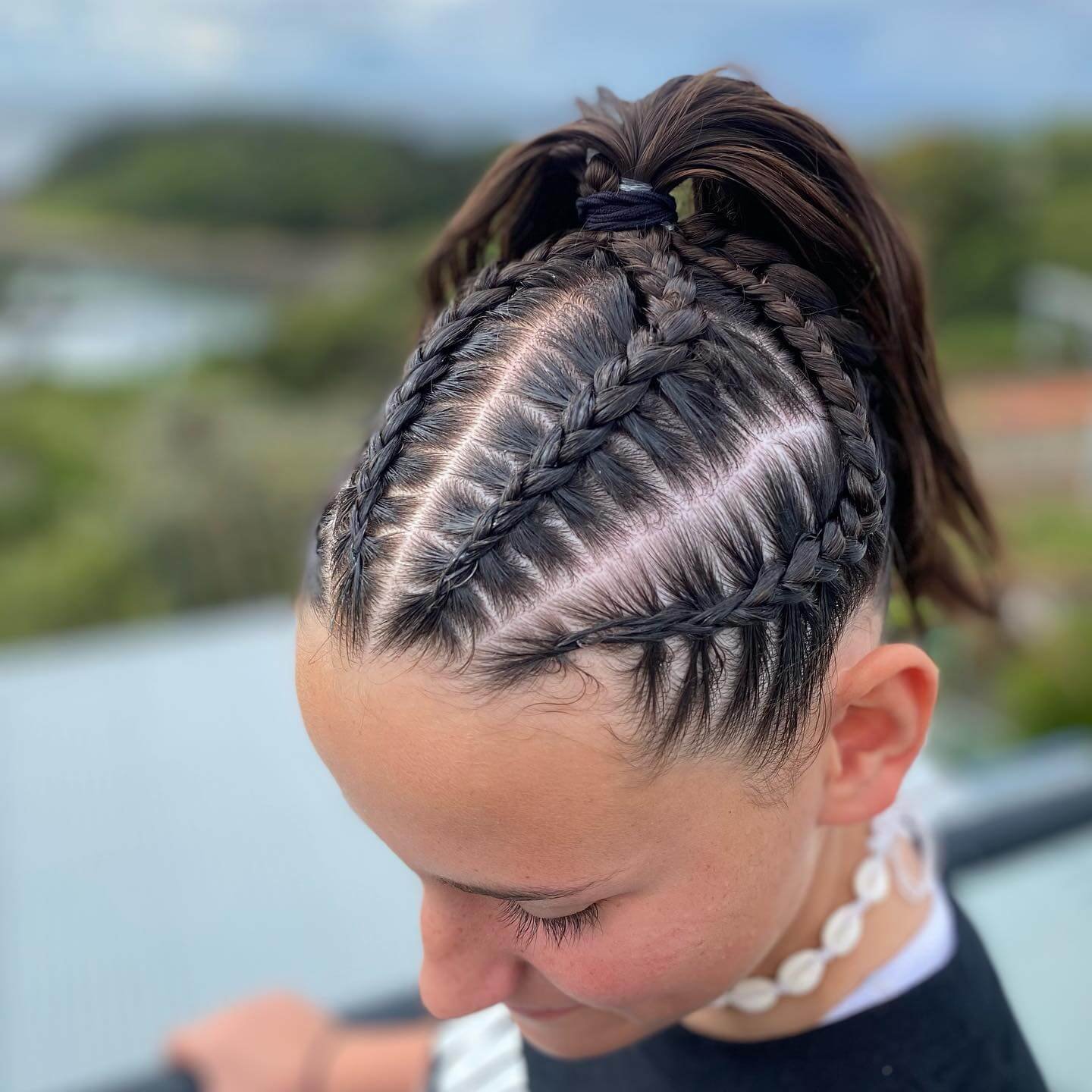
Like the French braid, the Dutch braid involves crossing strands of hair over each other. However, in the Dutch braid, the strands are crossed under each other, creating a raised or inverted effect. This braid style appears three-dimensional and looks stunning. Dutch braids are often worn as crown braids or incorporated into updos, adding a touch of sophistication to any hairstyle.
French Braids
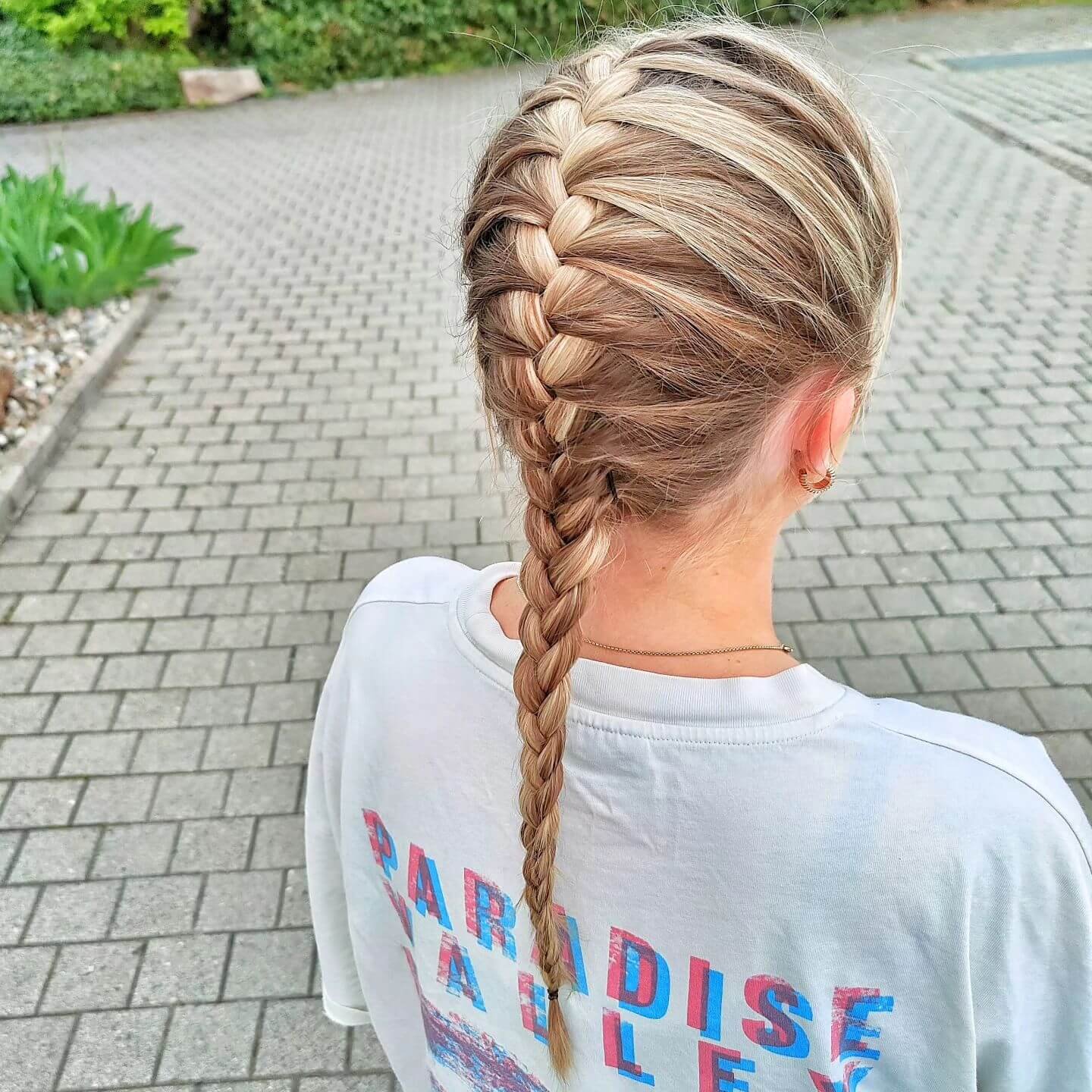
The French braid is an elegant and classic style that starts at the crown of the head and gradually incorporates more hair as it is braided down the back. To create a French braid, add small sections of hair to each strand as you cross them over each other. It creates a beautiful and intricate woven effect that stays close to the scalp.
Fishtail Braids
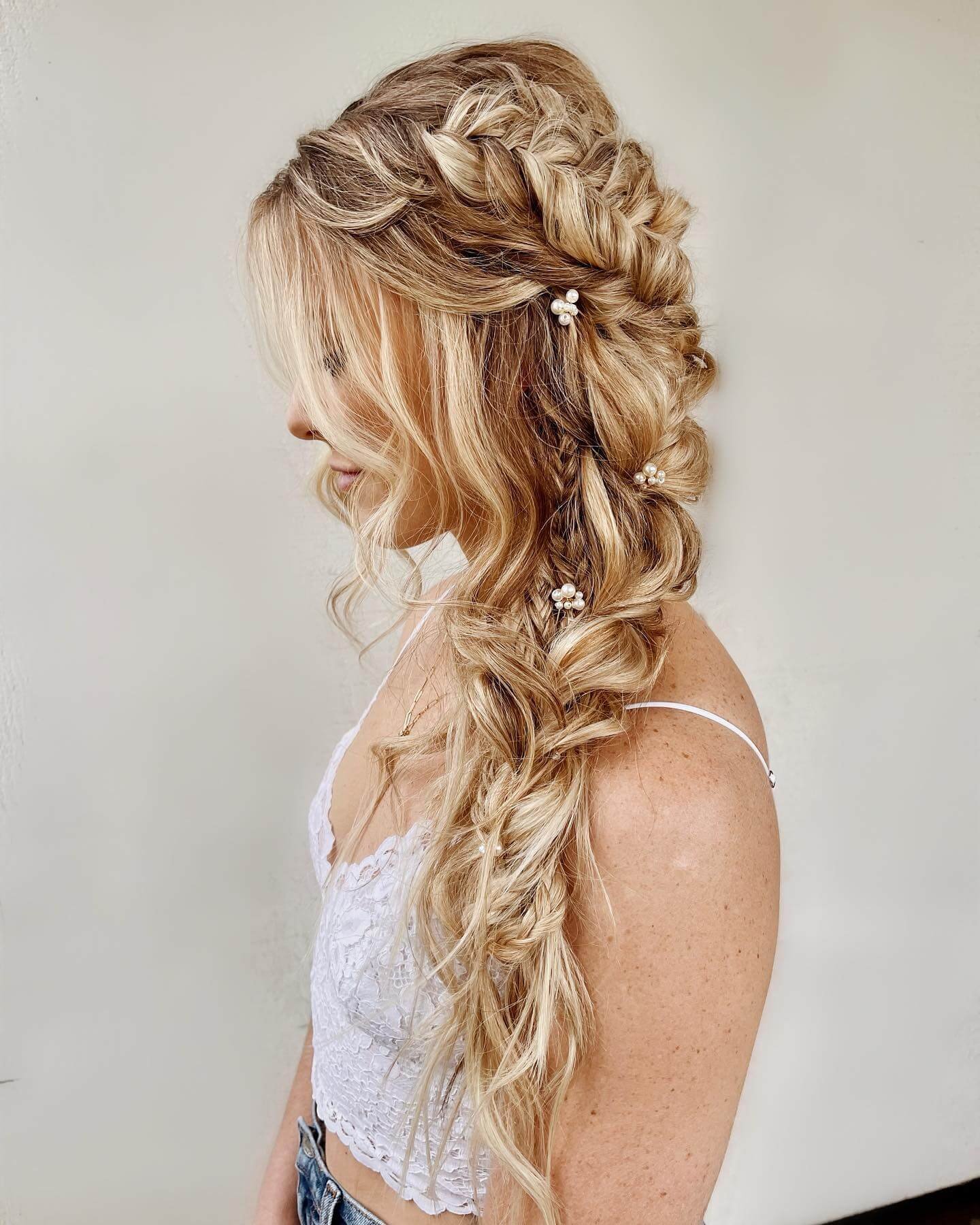
The fishtail braid, also called the fishbone braid, exudes a chic and intricate style. To create this braid, divide the hair into two sections and actively cross small sections from each side to the opposite side. Repeat this process until you reach the hair’s end, forming a distinctive “fishbone” pattern. Fishtail braids are contemporary and fashionable, making them suitable for casual and formal settings.
Three Strand Braids
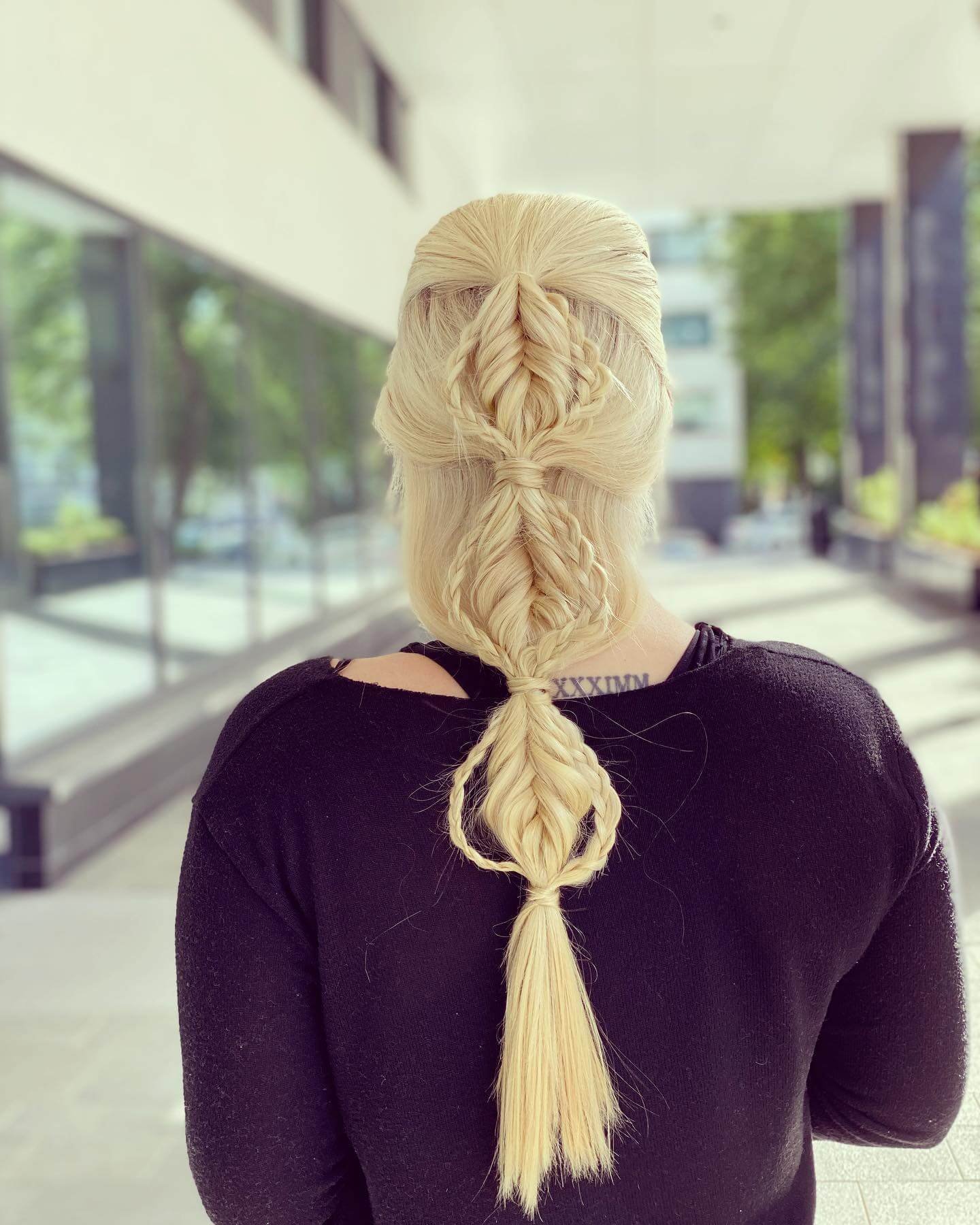
The three-strand braid is the most basic and widely known style. It involves dividing the hair into three equal sections and crossing them over each other in an alternating pattern. This simple yet timeless braid is suitable for any occasion and can be worn by anyone with any hair length.
Note: These are just a few ways to braid. Braids can be worn alone or with updos, ponytails, or buns to make more complicated styles. So now the point is how to protect braids while sleeping.
How to Protect Braids While Sleeping: a Step-by-step Guide

To protect your braids while sleeping, follow this simple step-by-step guide:
Step:1 Tie your braids
Gather them and gently secure them at the top or back of your head using a soft, non-elastic hair tie or a silk/satin scarf. It prevents tangling and reduces friction.
Step:2 Cover with a satin or silk bonnet or scarf
Slip on a satin or silk bonnet or wrap a satin or silk scarf around your head. These smooth materials minimize friction, retain moisture, and prevent frizz and breakage.
Step:3 Use a satin or silk pillowcase
If you don’t prefer a bonnet or scarf, opt for a satin or silk pillowcase. The slippery surface protects your braids from unraveling or being roughed up during sleep.
Step:4 Avoid sleeping on rough surfaces
Choose a smooth sleeping surface and avoid rough or textured fabrics that can cause your braids to tangle or become frizzy. Also, avoid cotton pillowcases as they can absorb moisture and lead to dryness.
Step:5 Loosen tight braids if needed
If your braids are too tight, they can strain your scalp while sleeping. Before bedtime, gently loosen any tightly braided sections to reduce tension on your hair and scalp.
Step:6 Moisturize before sleep
Mist your braids with a leave-in conditioner or a moisturizing spray before bed. It keeps your hair hydrated and prevents dryness overnight.
If you follow these steps, you can keep your braids safe while you sleep.
Tips for Maintaining Your Braids

Maintaining your braids is crucial to keep them looking fresh and in good condition. Here are some essential tips to help you maintain your braids:
Keep your scalp clean
Even with braids, it’s important to maintain a clean and healthy scalp. Use a diluted sulfate-free shampoo or a specialized braid cleanser to cleanse your scalp. Gently massage the product into your scalp, being careful not to disturb the braids themselves. Rinse thoroughly and follow up with a lightweight conditioner if needed. Avoid excessive manipulation or scrubbing that can cause frizz or unraveling.
Moisturize your braids
Keep your braids hydrated by applying a lightweight leave-in conditioner or moisturizing spray. Focus on the length of the braids, avoiding the roots to prevent buildup. You can also use a natural oil, such as jojoba or argan oil, to seal in moisture and add shine. Be mindful not to use products that are too heavy or greasy, as they can weigh down the braids.
Protect your braids at night
Follow the tips mentioned earlier for protecting your braids while sleeping. Secure your braids with a silk or satin scarf, or use a satin or silk pillowcase to minimize friction and prevent frizz and tangles.
Avoid excessive tension or pulling
Be gentle when styling or manipulating your braids. Avoid pulling them tightly or putting excessive tension on the roots, as this can lead to hair breakage or damage. Opt for loose hairstyles and avoid ones requiring too much pulling or tugging on the braids.
Limit exposure to water
Excessive exposure to water can lead to the unraveling or frizzing of your braids. If you plan on swimming or participating in activities that may wet your braids, it is advisable to actively protect them. Consider wearing a swim cap or actively covering your braids with a protective layer, such as a shower cap or plastic bag.
Schedule maintenance appointments
Depending on the type of braids and your hair growth rate, you may need to schedule periodic maintenance appointments. It could involve touch-ups, re-braiding loose or frizzy sections, or reapplying extensions if necessary. Consult with a professional braider or stylist to determine the recommended timeframe for maintenance based on your specific braiding style.
By following these maintenance tips, you can keep your braids looking fresh and well-maintained for an extended period. Remember to be gentle, avoid excessive manipulation, and prioritize the health of your scalp and hair while wearing braids.
FAQS
How To Do Feed-in Braids In Just A Few Easy Steps?
Are you bored with your current hairstyle and want to try something new but need to know which one will fit you? No worries. After extensive research, we developed the most versatile hairstyle for any facial shape and hair texture.
How Do You Sleep in Braids Without Ruining Them?
Silk or satin scarves help prevent box braids and cornrows from breaking. Sleeping on a silk or satin pillowcase protects your braids from friction. Grapeseed, castor, and tea tree oils moisturize and soothe your scalp.
How Do You Sleep Comfortably After Braids?
To sleep comfortably after getting braids, here are some tips:
1. Find a comfortable sleeping position
2. Use a soft pillow or cushion
3. Tie your braids
4. Use a satin or silk pillowcase or bonnet
5. Loosen tight braids if necessary
6. Avoid rough or textured surfaces
7. Refresh and moisturize



